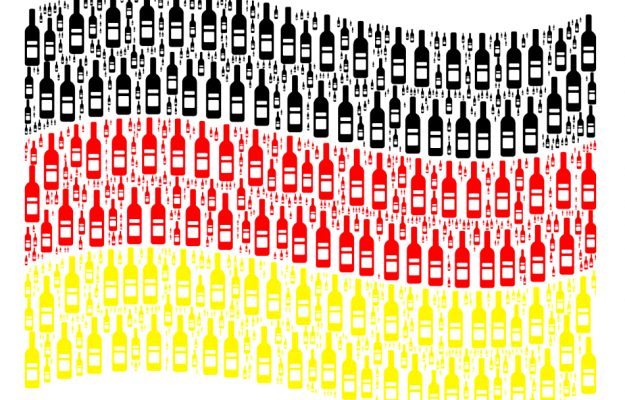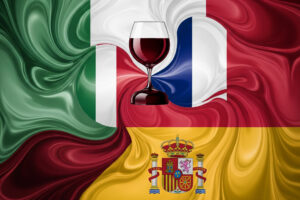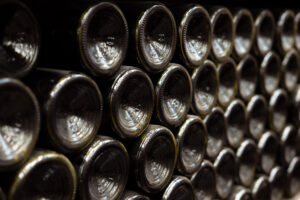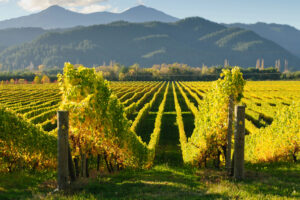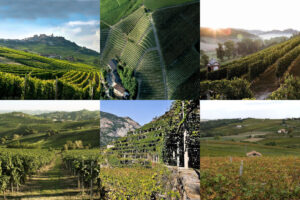After all, 2018 was a positive year for Italian wine in the USA (1.9 billion dollars in exports in value, +6.8%, for 3.4 million hectolitres, +1.2%, according to data from the U.S. Department of Commerce, analyzed by Ice in New York), the balance should also close positive in Germany, second place in the world for the labels of Italy. According to Eurostat data, analyzed by the Berlin Ice, the Belpaese shipped to Germany just under 500 million liters of wine (slightly down on 2017), compared to a turnover of 886 million euros (+1.2%), in the first 11 months of 2018. A strategic (and near) market, therefore, for Italy of wine, which has a market share of 35% in value and 36% in volume, but not simple, and where the issue of the very low price has not been resolved, given that the average price of wine imported into Germany is just 1.65 euros per liter, on average, and even 1.59 euros for Italy (figure 2017). Overall, the German market is growing, in fact, between January and November imported 2.38 billion euros of wine (+2.2% over 2017), behind Italy, among the main competitors, there are France (629.9 million euros, +3.7%) and Spain (392.5, +5.9%). In the run-up to Prowein (www.prowein.it), one of the most important wine fairs on the international scene, on stage in Düsseldorf from 17 to 19 March, Italy will be, as in the past, the country with the largest number of wineries in the expo, while France will be the “Country of Honour”.
In detail, the export of Italian wine to Germany is composed of 70% still bottled wines, in terms of quantity, with 18.2% of bulk wines and 9% of sparkling wines. In terms of value, 40.4% is made up of PDO and PGI red wines, 18% of whites with a designation and geographical indication, 9.5% of sparkling wines, 10% of sparkling wines, but there is also a significant share, of 21%, made up of generic wines. In the German market, the preferred alcoholic beverage is obviously beer, which accounts for 77% of alcohol consumption, while wine, and sparkling wines together account for 19%. Percentages, however, that cover a rather high per capita consumption of wine, around 25 liters per year between still products and sparkling wines.
Among the purchase criteria, the vine is considered the top element by 32% of consumers (and very important by 19%), although, the most significant factor is the price, considered important by 40% of Germans (and very important by 10%), even more than the production area (important for 33% and very important for 13%).
No wonder, therefore, that 47.5% of the volumes sold (and 33% of the values) are driven by the discount channel, while supermarkets and hypermarkets are worth 24.6% of the market in quantity and 27% in value, with only two chains, however, namely Aldi (24%) and Lidl (13%) that alone move over one bottle out of three.
Copyright © 2000/2025
Contatti: info@winenews.it
Seguici anche su Twitter: @WineNewsIt
Seguici anche su Facebook: @winenewsit
Questo articolo è tratto dall'archivio di WineNews - Tutti i diritti riservati - Copyright © 2000/2025










